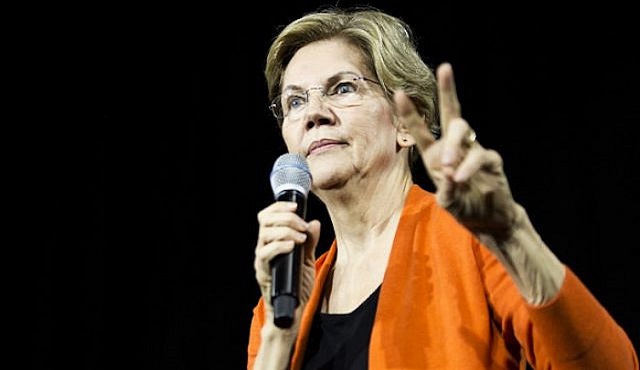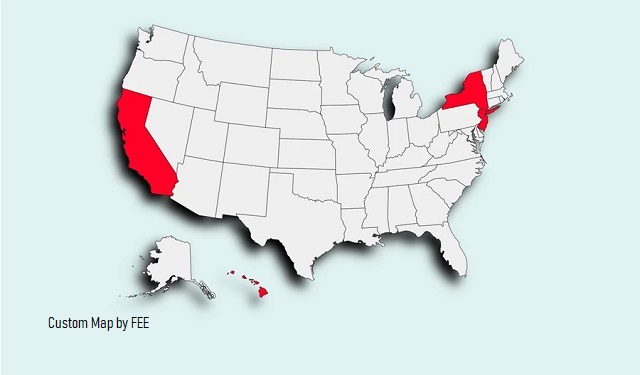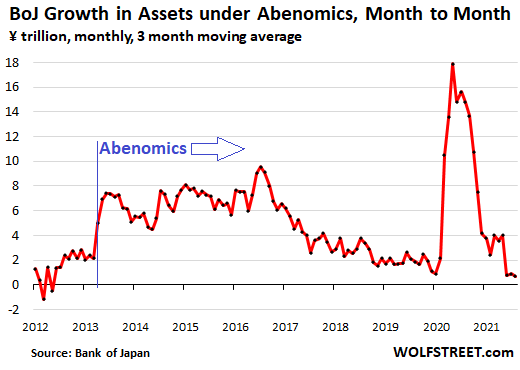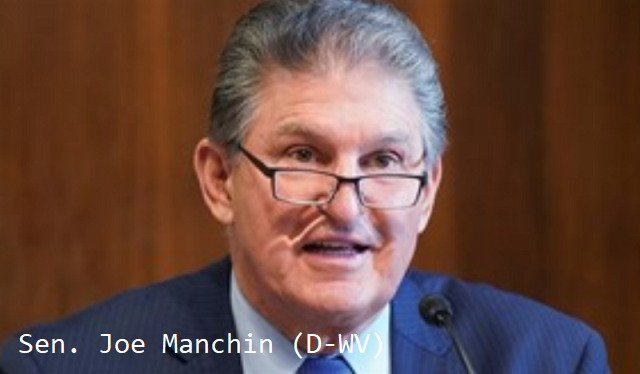From Diseases to Recessions, Government Failure Is Endemic
Massive government intervention in the aftermath of the global financial crisis has not prevented the Great Recession, but had actually deepened and prolonged it until the covid-19 pandemic and government lockdowns sent the economy into a tailspin in 2020. Larger monetary and fiscal growth stimuli followed, exacerbating previous economic distortions. In the same way that countercyclical macroeconomic policies have turned the financial crisis into depression, the authorities’ health response has been good at crippling markets but never seems to deliver what is promised.
A Counterintuitive and Risky Health Response
Early on, governments embraced an overambitious paradigm of reaching herd immunity via hard lockdowns and vaccination. The famous “flatten the curve” slogan promoting lockdowns as the only solution to avoid a collapse of the health infrastructure quickly morphed into “lockdown until vaccine.” Convincing arguments that hard lockdowns are not producing better health results, but unduly restrict civil liberties, create economic havoc, and cause severe social and health long-term problems were largely ignored. Most governments in the West kept the lockdowns into place until late spring 2021, when the mass vaccination campaign was well underway.
Vaccination has been the main pillar of the government’s health response while doctors were discouraged from experimenting and using early treatments. When confronted with a problem, most rational individuals are looking for a quick, simple, and cost-effective solution. But not the Western health bureaucracies. Inexpensive early treatments pioneered with promising results were dismissed and outright prohibited.
The only early treatment promoted by Anthony Fauci and endorsed by the US Food and Drug Administration (FDA) was Remdesivir, a drug with unproven efficiency and likely side effects. The drug is also very expensive at about $3,500 per treatment. This raises serious questions about unorthodox financial interests and the role of Big Pharma in steering the government health response.
The almost exclusive reliance on vaccination in the middle of the pandemic seemed over-optimistic and risky to many experts from the very beginning. It takes many years to develop an efficient vaccine for a virus that may suffer rapid mutations, and lengthy testing is also necessary to ensure vaccine safety, in particular for an epidemic with a low mortality rate. Such concerns have not been heeded by the health authorities, which poured dozens of billions of US dollars into subsidizing the development of covid-19 vaccines. About 5.6 billion doses have already been administered globally and billions more have been ordered to cover all population and booster jabs. Pfizer/BioNTech alone expects to produce 3 billion jabs this year and 4 billion next year, with sales estimated at about $50 billion in 2021 only. If corona vaccination becomes periodical like flu vaccination, it would become a highly lucrative business worth hundreds of billions of US dollars for the Big Pharma.
Mass Covid-19 Vaccination Is No Silver Bullet
Government health experts touted mass vaccination as the only way to cut the transmission of the virus and overcome the pandemic. Yet, other scientists doubted it, because the coronavirus mutates rapidly and vaccines were not certain to block its transmission. Experts such as Dr. Joseph Mercola, Dr. Robert Malone, and others even argued that “leaky” vaccines, i.e., those preventing the disease without stopping infections, would incite the virus to evade the stronger immune response in vaccinated people and mutate into more virulent strains. In other words, individual benefits of a lower risk of hospitalization and death could be counterbalanced by more dangerous virus mutations worsening the pandemic.
It is obviously not easy for the general public to assess the scientific evidence regarding the pros and cons of covid-19 mass vaccination. Governments have not allowed such a debate to take place in the mainstream mass media, anyway. In any case, the rapid spread of the delta variant in countries with high vaccination rates has raised serious doubts about whether mass vaccination could end the pandemic, in particular, if vaccine efficacy drops to worrisome levels after about six months and both the vaccinated and unvaccinated can show similarly high viral loads of the delta variant that are able to spread around.
If covid-19 vaccines have more therapeutic benefits rather than stopping the infection, then how could herd immunity ever be achieved? And if herd immunity cannot be reached, why segregate people by vaccination status or vaccinate children and teenagers, who are known not to get seriously ill from covid-19? These are relevant questions also due to the large number of immediate severe adverse effects and deaths linked to covid-19 vaccination in the US and the EU, and potential long-term side effects entailed by the use of relatively new vaccine technologies.
What Next?
Several experts advocate a shift in focus from mass vaccination to building up immunity and early treatments that reduce the number of patients developing severe symptoms. Voluntary vaccination should be recommended primarily to vulnerable people for whom benefits clearly exceed risks.
Yet many health authorities continue pushing for mandatory mass vaccination. Several countries, such as Israel, the UK and the US, have already started offering booster shots, while adjusting accordingly the validity of sanitary passes and extending vaccination to children. Recently, President Biden has unveiled plans to force all companies with more than a hundred workers to require coronavirus vaccinations or test employees weekly. This mandate would affect as many as 100 million Americans and has been criticized as both authoritarian and unconstitutional. President Biden claims that the vaccine is “safe, effective and free” and yet nearly 80 million Americans remain unvaccinated, allegedly undermining the government health response. This seems to defy reality given that the vaccine doesn’t prevent infection or transmission of the disease, loses its efficiency within a few months, and has been associated with numerous side effects and deaths. It is not “free” either, because the cost of the vaccination campaign, going into dozens of billions of US dollars, will be paid eventually by the American taxpayer, who is pressed hard to take the shot. By the way, when was the last time millions of consumers refused a useful good or service offered to them for free?
The covid-19 health strategy leaves us with an acute sense of déjà vu. Governments have stubbornly tried to “stimulate” economic growth for almost fifteen years to no avail. All along, mainstream economists have remained blind to arguments that government intervention is making things worse by prolonging resource misallocation and fostering long-term impoverishment. We can only hope that a similar story is not playing out with far more severe consequences in the medical field.
*****
This article was published on September 20, 2021, and is reproduced with permission from the Ludwig von Mises Institute.











